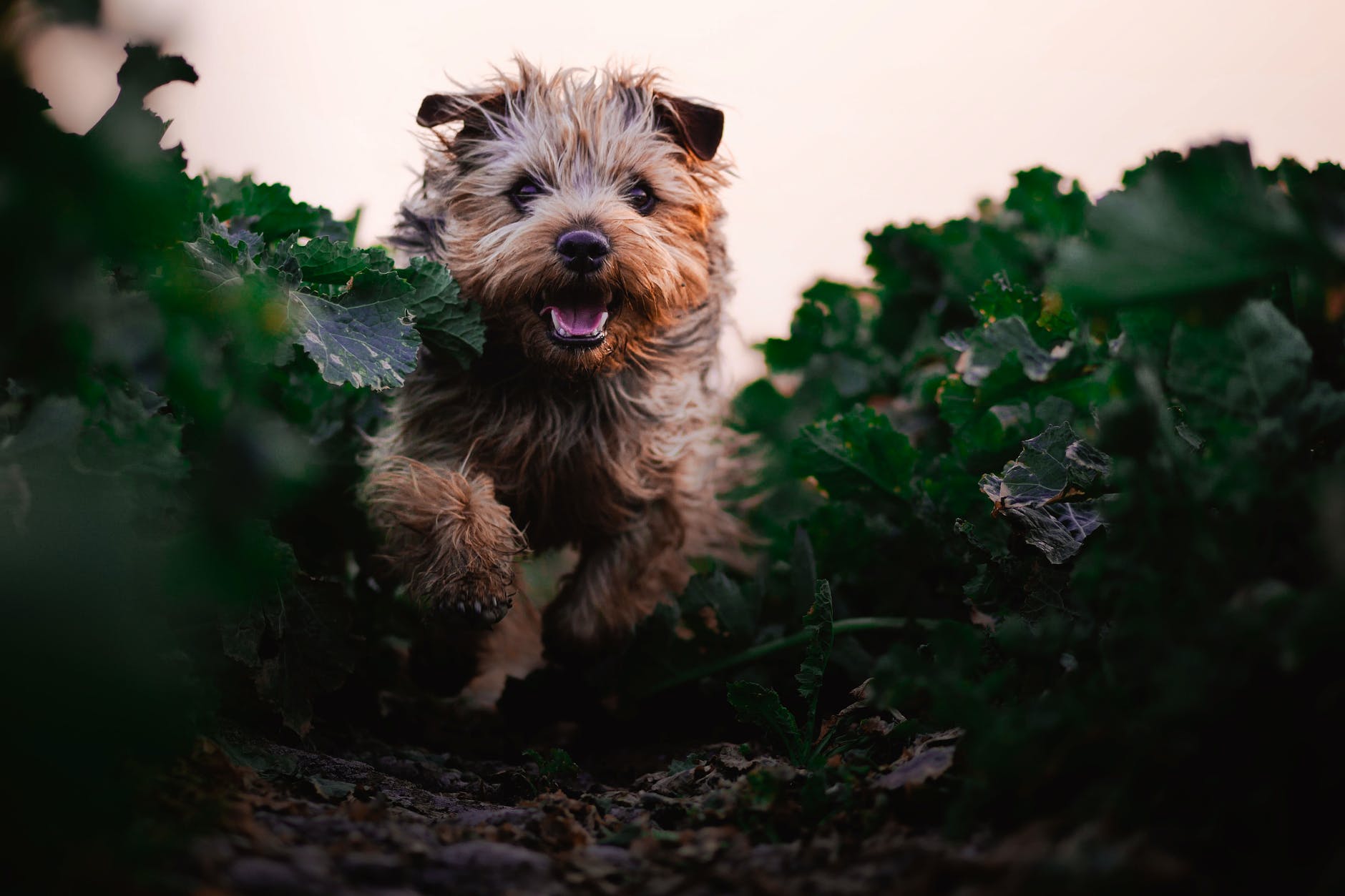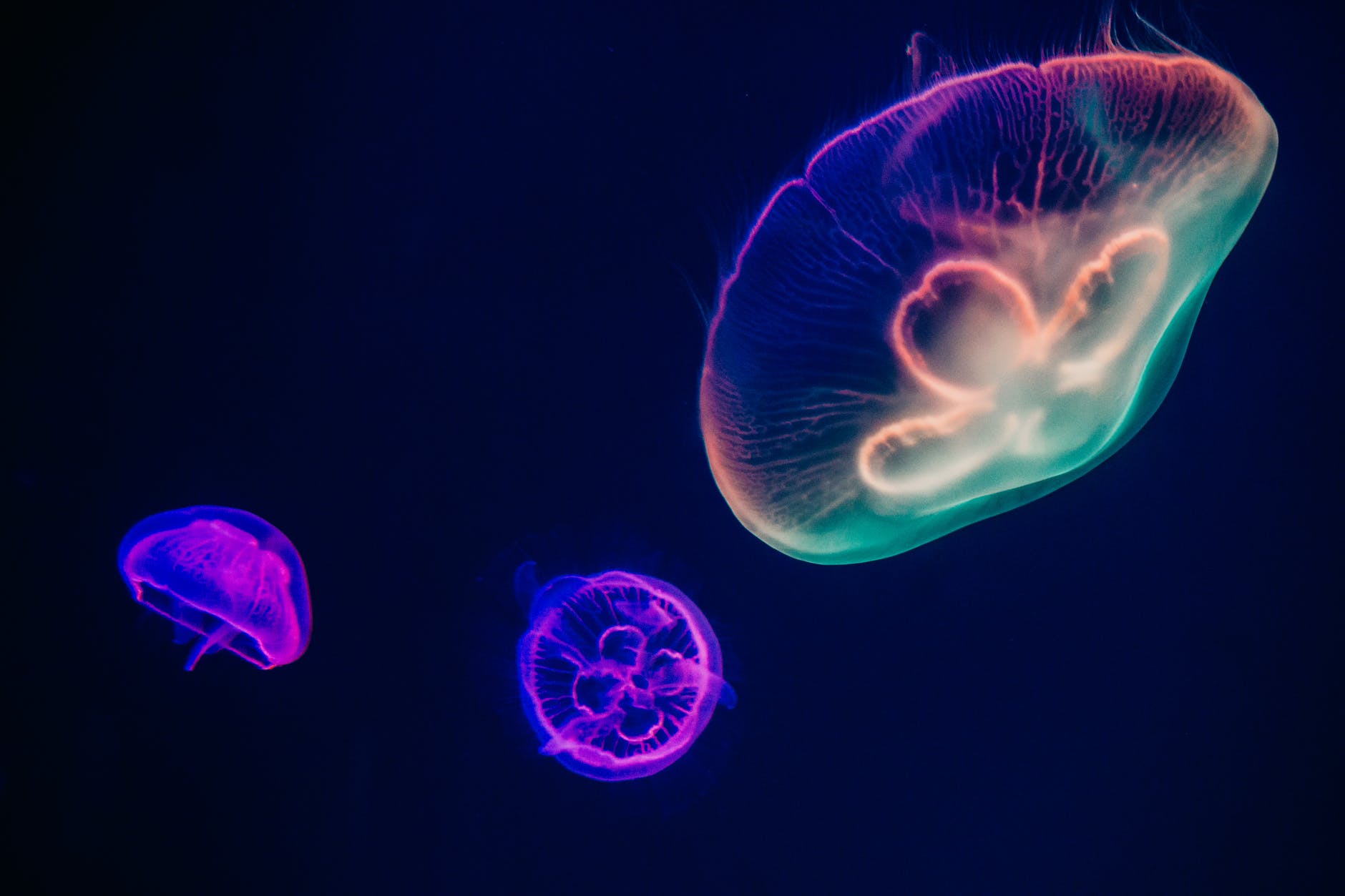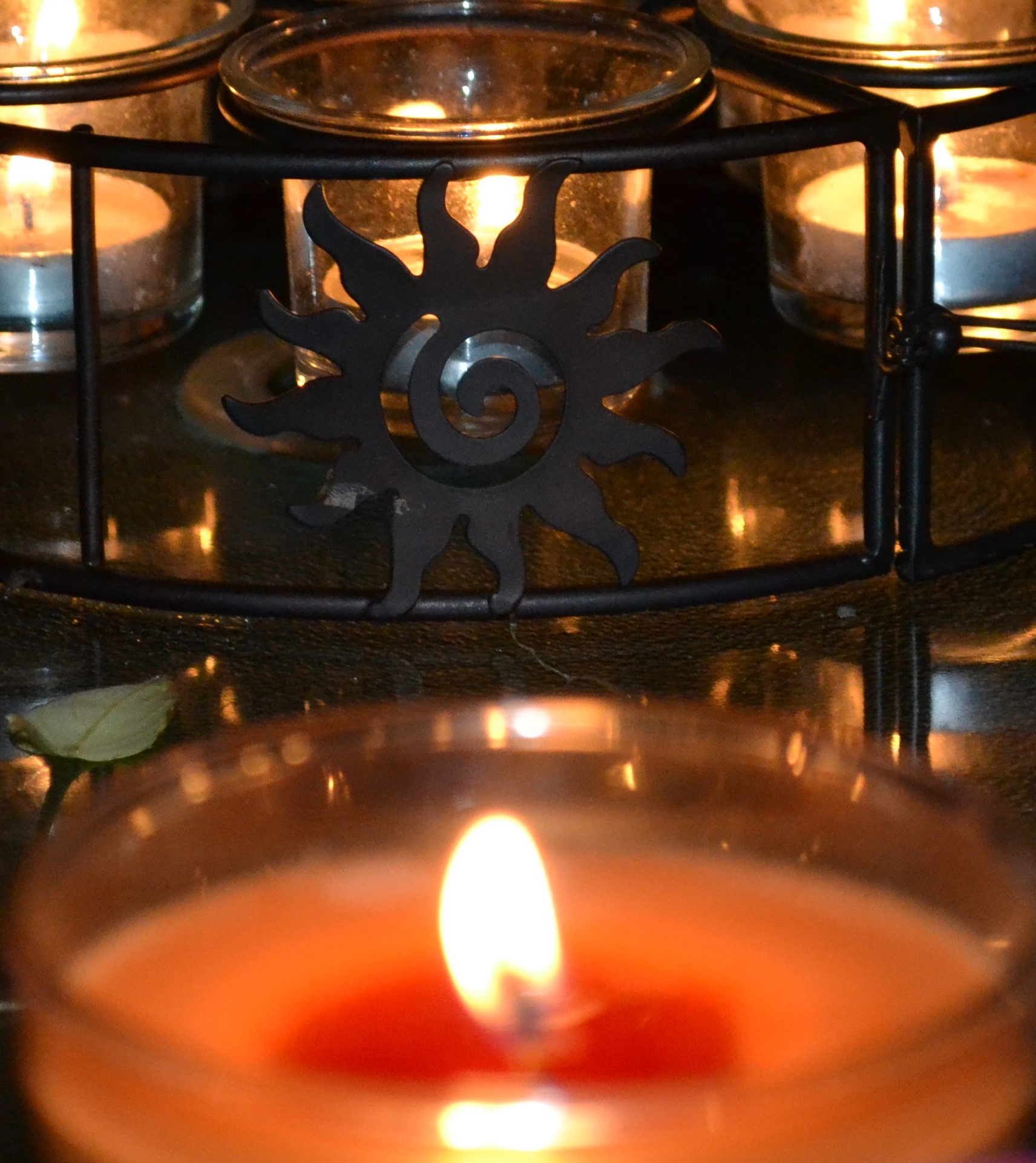Evolution
Yoga is a practice of liberation. It’s sometimes described as a discipline of freedom in which you learn more and more what it means to be trapped and what it means to be liberated. It is a Wisdom Tradition that draws your own wisdom from the core of your body out through all your limbs, your hands and feet, your eyes, your crown, and covers you with it. Your own goodness, your own wholeness, your own choice to be the way you want to be in the world.
When lying in savasana (resting in corpse pose), I’d hear my dear teacher talk about contentment, our true nature. I thought I knew what she meant. So I began striving for contentment. This is hysterical! I see myself as having chased contentment so much that I literally chased it away the way one keeps driving a puppy farther on by running after it. (You know, you have to get the puppy to wanna chase you, then you run home.)
Hollowness, emptiness, obscurity, lack. That’s what’s left when contentment’s not around. But these non-feeling-feelings are vague and veiled, so sometimes they can seem like contentment. I’d say it to my own students, too, “Rest in contentment, your true nature.”
I had misgivings about this, about not being sure, exactly, what this true-nature-contentment thing was, so sometimes I wouldn’t say it. But I did know about the pause between breaths, that swirling spaciousness into which the exhale dissolves and from which the inhale arises. And so I’d invite my students to “Rest here, for as long as it lasts, and then enjoy the next breath whenever it comes along.”
This
felt
authentic.
20 years later
Authenticity
feels
full, warm, round.
Like a baby’s belly after just enough milk.
When my babes were growing into toddlers there was always a lot of talk about food. Meals, snacks, bites, feasts. Yoga is like this.
When my toddlers were growing into children, we talked about feeling full, stuffed, hungry, ravenous, and famished (never starving). I offered them “content” as a way of describing the sensation just shy of full. Did they feel (sense) they’d had enough to eat? What if we wait twenty minutes before having more? Did they feel content with what they had? Yoga is like this.
Memorial Day weekend of 2020 I was on my first ever silent retreat. My first ever silent retreat was fully online. So, not the experience I had anticipated, but one that was rich and layered with new ways relating and new ways of knowing. It was on that Saturday after listening to poetry, feeling it in my body, and understanding the ways metaphor (which is language itself) translates to sensation (through the motor and somatosensory cortex) that I realized I had been selling myself short. Or (and?) selling contentment short.
I began to understand that I had interpreted contentment as a neutral sensation, neither pleasant nor unpleasant. It seems I didn’t have a sense (a sensation) of contentment that resonated or vibrated in my body. Also, I had used the yogic practice of non-attachment as a way of trying to access contentment, and in so doing had separated it from sensation even further. In this way, contentment felt like nothing – no thing – there was no metaphorical/neural connection for me. When I thought or said the word contentment, neither my motor, nor my somatosensory cortex activated. My brain had nothing (no thing) to offer. There was not an embodied experience (a knowing) from which to draw meaning. No texture or temperature, no vision, aroma, flavor, or action. Basically, contentment was dead.
Enticing the Puppy
Have you ever felt a poem in your bones? Has your flesh ever vibrated with a knowing when your friend describes her experience to you? Has your body ever come alive as you describe your own experience to someone else? This happens because language touches the part of our brain that controls our senses and our movement. The only reason we know anything is because we have a body from which to draw meaning.
Through a series of contemplative inquiries, trauma-informed, resilience focused practices, and iRest yoga nidra meditation, I began to understand that contentment could hold really big things, like Ease, Security, and Safety. It was like a door had been opened, or the roof lifted off, and possibility entered in, lifting me like a cloud toward something even bigger – Joy.
I used to think, Joy? Who am I to feel joy? And then, Wait – why not joy? Why rest in contentment when I can rest in joy? Instead of coupling contentment with neutrality, non-attachment, non-touching, non-aliveness, I started connecting it with happiness, serenity, peace, tranquility, and even Bliss – full aliveness.
I began to turn away from striving, and instead began running home to my body. Contentment would follow me, like a puppy, and bring with her all the sensations of enlivenment like tingling, pulsating, vibrating, shimmering. This is Yoga.
A touching. A coming together. A joining. A yoking. A completeness. A coming home. All of this inside me, coming to life.
The practice of contentment is one of non-grasping. It is deep below the surface where the waves do not disturb it. That’s how this all works. Have the experience of bliss and remain equanimous when bliss passes. Have the experience of spaciousness and remain at ease when spaciousness fades. Have the experience of peace and remain serene when peace dissipates. The depth of the ocean is content to remain in cold darkness, unmoved by the weather so far above.
The Evolution of Practice
Dear one, in the depth of your being be content to rest in joy, your true nature, unmoved by the circumstances of your life. Allow yourself to be breathed by the lifeforce of the universe. Feel the birth of the inhalation and the death of the exhalation. Allow yourself to rest in the spacious joyfulness between breaths where death dissolves and life begins.
Can you feel how big you are? Can you feel light radiating from you? Can you feel it in your blood? Your bones? Your skin? How you are touching Love and Love is touching you? How you are the ocean, how you are Love?
Take small bites. (Three little breaths.)
Nibble. (Have a few cat/cows.)
Just have a snack. (One goooooood sun salute.)
Eat just enough. (Two and a half minutes?)
Sense when you are content. (Relaxation.)
Feel when you are full. (Om.)
Get used to the idea
of being
such an amazing thing
as Joy,
and feast
when it is feasting time.
Contentment is big enough
And so are you.








 for my husband and children as Christ would, that I can go out into the world serving others as Christ’s hands and feet, and that I can pass through my door carrying the undiminishable torch of Christ’s love everywhere I go.
for my husband and children as Christ would, that I can go out into the world serving others as Christ’s hands and feet, and that I can pass through my door carrying the undiminishable torch of Christ’s love everywhere I go.